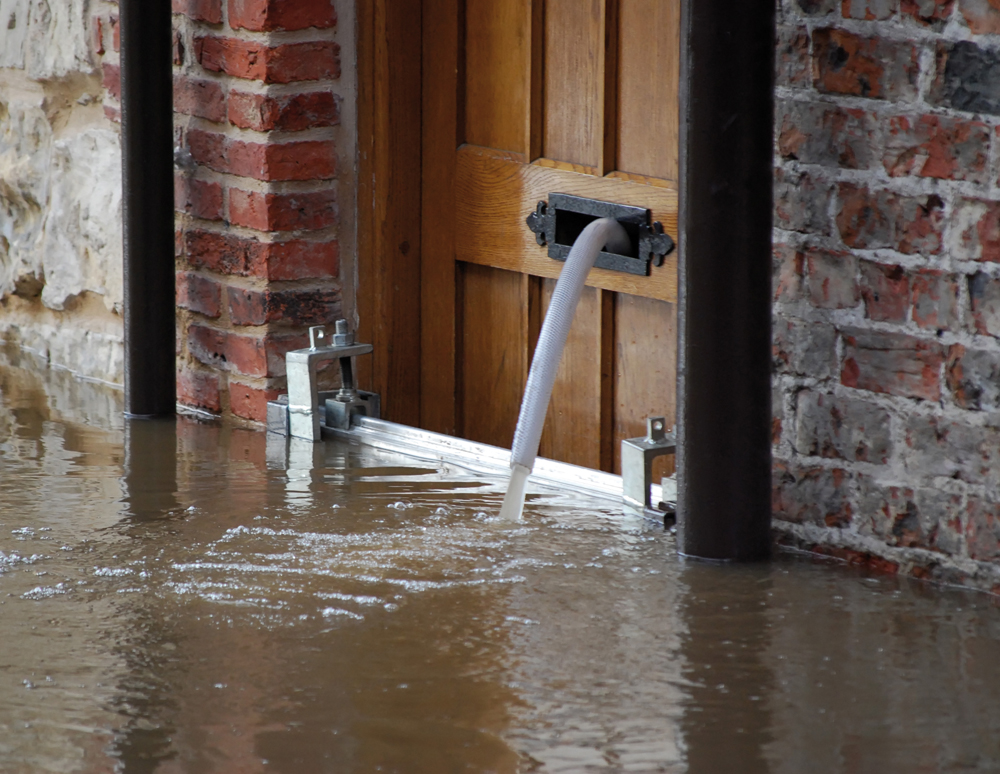How to
How to protect your future home against flooding

Homebuyers need more advice about the threat flooding poses to their future property, says the National Association of Estate Agents.
Mark Hayward, NAEA Managing Director, said: “Up and down the country, the unpredictable and severe weather has left homeowners with millions of pounds worth of damage to their properties. An increasing number of NAEA members are reporting a lack of awareness amongst prospective buyers about the flood risks associated with some properties they view.
“According to the Environment Agency, over 5.5 million people now live in properties ‘at risk’ of flooding, and we simply don’t know how many more homes are also susceptible to issues like surface water flooding. But there are some simple steps that buyers can take to minimise their risk.”
The following tips will give you an idea as to what to look out for when viewing a property and the various tools to use to keep informed:
Check the UK Flood Map – This handy tool from the Environment Agency provides a postcode-specific indicator of flood risk for the whole country with a map that details local flood defences.
This is particularly useful at times when water levels are high in your area and can help protect your property in advance of the threat. It is also worth signing up for free flood warnings via the ‘Floodline Warnings Direct’ service, which provides an alert for your area by telephone, mobile, text or email.
Call Floodline on 0845 988 1188 or visit www.environment-agency.gov.uk/flood
Invest in a flood risk mitigation survey – This can really help you to decide whether to buy a property or not, reducing your exposure to flood damage while confirming that any existing flood measures have been fitted correctly. The results are particularly useful for presenting your risk profile to insurers in the best possible light and could potentially lead to reduced premiums.
Obtain an ‘insurance related request’ letter – This contains important information detailing whether the property is located in an area of flood risk, standard of protection provided and records of historic floods in the area.
Get the right insurance – In most cases, flood insurance forms part of your buildings and contents protection, usually covering costs associated with drying out, repairing and restoring properties and their fixtures and fittings.
Most buildings policies will cover the cost of alternative accommodation but it’s important to check the fine print. Contact a range of insurers to ask for a quote.
The UK insurance market is extremely competitive so you should always gather several quotes mostly obtained online or by telephone.
Note areas at risk of flooding may have higher premiums and excess (the amount you must pay towards the costs of repair) so expect your premiums to rise and fall.
Look for tell tale signs when viewing properties – Homes that are located in a flood prone area will show signs that they have been affected. Study outside features when viewing the property for any drastic drop offs and unlevelled ground as well as water stains on foundations and any discoloured, crumbling walls inside.
Be sure to consult an NAEA member to get the most up to date information, as some areas may be becoming prone to flooding for the first time.